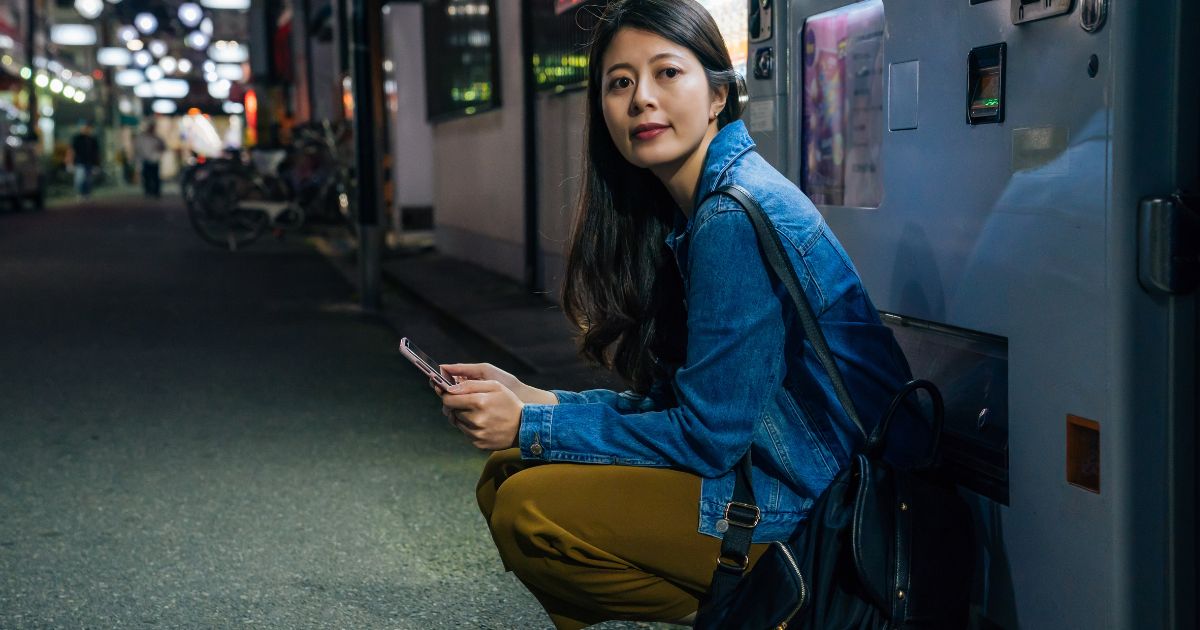
In a few short months, a new cohort of college freshmen will be moving on campus, and their parents will be hoping their child won’t be one of the nearly 30,000 victims of campus crime each year. Thankfully, these numbers have been decreasing; however, there is still opportunity to improve campus services so students, faculty, and staff feel safe walking alone and at night.
Technology is helping, such as ridesharing companies Uber, safety apps like Life360 or Circle of Six, or simply a mobile phone for calls during walks on campus. For members of Gen Z, relying on these kinds of technologies has become second nature.
Colleges and universities also have access to technologies that enable them to play a role in further improving campus safety. One solution is to augment existing bus services with demand response transportation that provides campus safe rides outside of normal operating hours.
The Benefits of Safe Ride Programs to Universities
Campus safety is one deciding factor when prospective attendees tour a campus – in one poll almost 70% of parents said that campus safety was a critical issue in choosing a school. University administrators want to ensure that students can safely navigate the campus at night; however, better lighting, safety education, and security patrols alone can’t solve the problem. University safe ride programs can fill the gap with a reliable transit option for students during hours that other campus transportation is not running. They also send an important message to students and their parents: we care about your safety.
The safe ride user experience is similar to other on demand services like Uber or DoorDash: the user provides a current location and desired destination via an app on their phone or laptop, then waits for the university safe ride to pick them up. Apps like TransLoc OnDemand return real-time information on where their ride is and expected wait time, so, for example, a student can book a ride at the library and wait to leave the building until they know their ride is close by.
University administration gains another benefit from these programs: access to critical data. These apps can provide a wealth of insight into vehicle locations and rider demand. The data enables universities to be more flexible and efficient in responding to campus activity, helping them to make informed decisions on how to best allocate transportation services and routes. For instance, a campus may decide to remove shuttle routes in underused areas and instead cover these areas with on demand services, lowering operational costs.
For students – and their parents – the appeal is clear: a safe alternative to that walk across campus in the dark, one that is reliable and easy to use.
For colleges and universities, safe ride can provide better regulation and oversight of transportation across the campus, deliver data for ongoing improvements in fixed route services, and reduce operational costs. More importantly, it can help reduce criminal activity and demonstrate a commitment to student safety.
TransLoc has helped dozens of colleges and universities establish safe ride programs on their campuses. Talk to our team today to learn more about how you can implement this essential service at your institution.